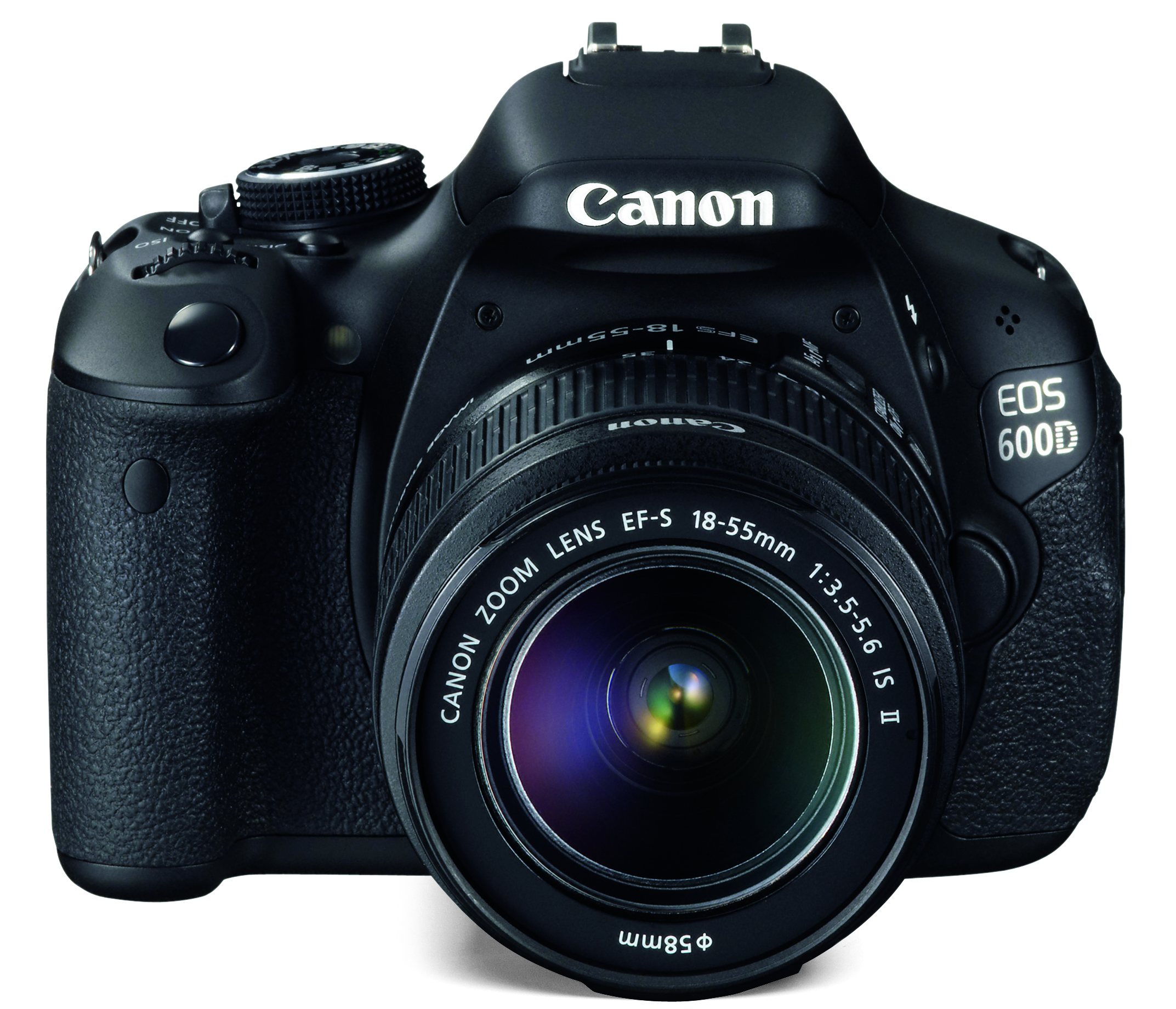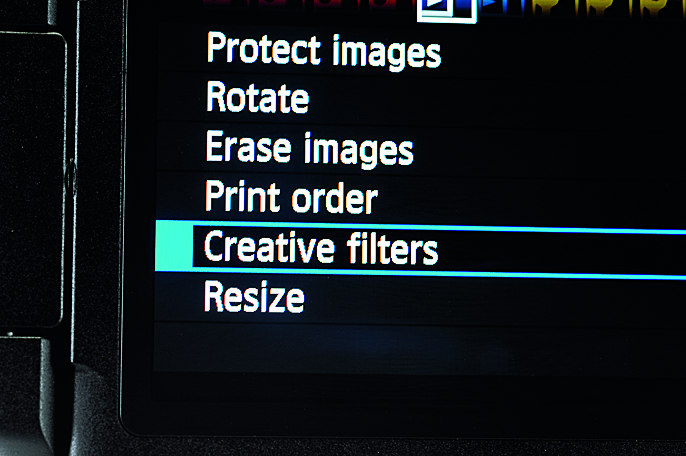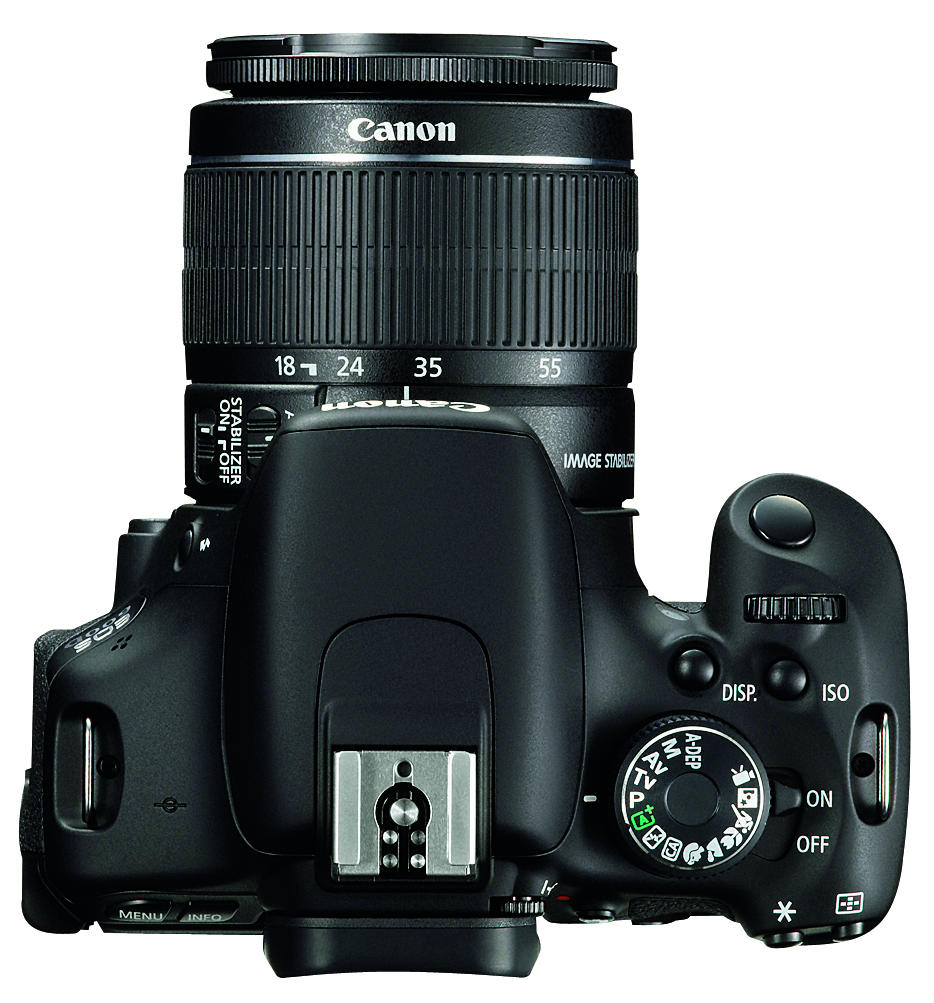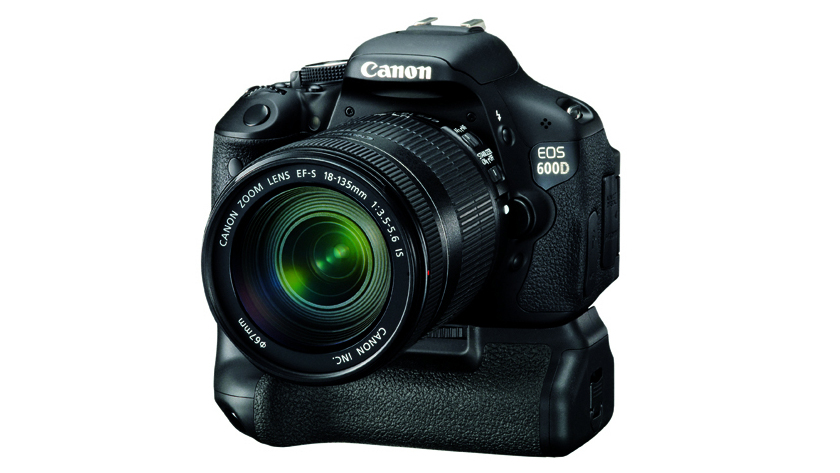Why you can trust TechRadar

Despite a number of other changes, the EOS 600D carries over the same sensor/processor combination seen on the 550D.
The APS-C CMOS sensor still contains 18.7MP to give an effective total of 18MP, while the DIGIC 4 processing engine facilitates a burst rate of 3.7fps for up to 34 JPEG images, six raw images, or four simultaneous raw and JPEG captures.
The two allow a sensitivity span of ISO 100-6400 with a extension to ISO 12,800, and noise reduction is also on hand for both long exposures and high sensitivities, the latter in three different strengths.
HD video functionality is largely unchanged from that of 550D, with Full HD recording (1920 x 1080) at 24, 25 and 30fps, and 720p recording at 50 and 60fps.
There's also a VGA option should you not require high-definition footage, and plenty of control on offer, from manual exposure control and the provision of Picture Styles, to adjustment of audio levels and application of a wind cut filter.
There is, however, the new addition of a Movie Snapshot mode, which captures movies in two-, four- or eight-second bursts, before stitching the separate files together into a single sequence.
Picture Styles comprise Standard, Portrait, Landscape, Neutral, Faithful and Monochrome modes, as well as a new Auto mode, which lets the camera decide on the best parameters for the scene being shot, and three user-definable options.
This is complemented by the camera's Scene Intelligent Auto mode (which replaces the more standard Auto function) to take full control over many parameters such as focus, flash and Picture Style. The standard quartet of evaluative, centre-weighted, partial and spot metering patterns are provided, as are three levels of Auto Lighting Optimisation and a Highlight Tone Priority function.
In contrast to previous EOS models, which have shunned many novelties found elsewhere to deliver a comparatively sober feature set, the 600D shows its fun side by adding the EOS 60D's Creative Filters, which allow processing effects to be applied to images post-capture.

Also from the 60D comes an image rating system, whereby images may be tagged with a number of stars, should you want to remember any particular images for later.
Another significant addition is the Wireless Flash option, which allows the camera's pop-up flash to be used as the master for other Speedlite flashguns. While the subject of flash can be mysterious to beginners, Canon has gone to the trouble of including an EasyWireless flash mode to help simplify flash for new users, and has broken everything down step-by-step in the accompanying user manual.
Should users want to get more creative, or for those already familiar with flash control, the 600D goes on to offer the usual sync options, flash exposure compensation and custom mode which places greater control in the user's hands.

Next to the focusing modules found in competing models, the 600D's wide-area nine-point AF system may seem a little lacking, but the system cover a healthy portion of the frame while the centrally placed cross-type point promises an increase in speed and accuracy over the eight around it.
In good light, none of the nine points has any problems picking out the subject, and when all points are activated the camera does well to quickly bring subjects into focus.
In lower light, however, the better performance of the central point is appreciated, with it picking up low-contrast subjects reasonably well, while the other eight often run the lens through its entire focusing range, before pausing for a brief moment and fine tuning focus. Using a better-specified lens shows this can be improved, and not just in speed but also in sound, since the kit lens can be a little whirry.
Live View is always made more useful when coupled with an articulated LCD screen, and thanks to the Creative Filters and Picture Styles, it's possible to achieve a range of effects from all manner of shooting positions on the 600D.
Focusing in Live View is may be carried out using the directional menu pad to guide to point over to the details, but the contrast-detection focusing system tends to match the uncertainty of its phase-detection partner, with the system taking a while to confirm focus once it has reached an approximate area.
This isn't entirely uncommon for such systems, and the thoroughness is there for accuracy. However, in a handful of situations it may prove to be a little too slow and limiting next to the faster Quick AF mode, which flips the mirror up to temporarily blackout the scene.
The three-inch LCD screen boasts the same 1,440,000-dot resolution as the Canon 60D, and is primed with three anti-reflection and fluorine anti-smudge coatings. The level of detail it resolves is excellent, and both its default contrast and brightness are spot on, too.
It also boasts a perfectly respectable viewing angle, although zooming into and around images is almost always followed by a brief but noticeable pixelation as the camera catches up. Also, with no ambient light sensor, the screen tends to suggest that certain images may be underexposed outdoors when in fact, under more subdued lighting they appear balanced and accurately exposed.
Current page: Canon EOS 600D: Features
Prev Page Canon EOS 600D: Overview Next Page Canon EOS 600D: Build quality and handling